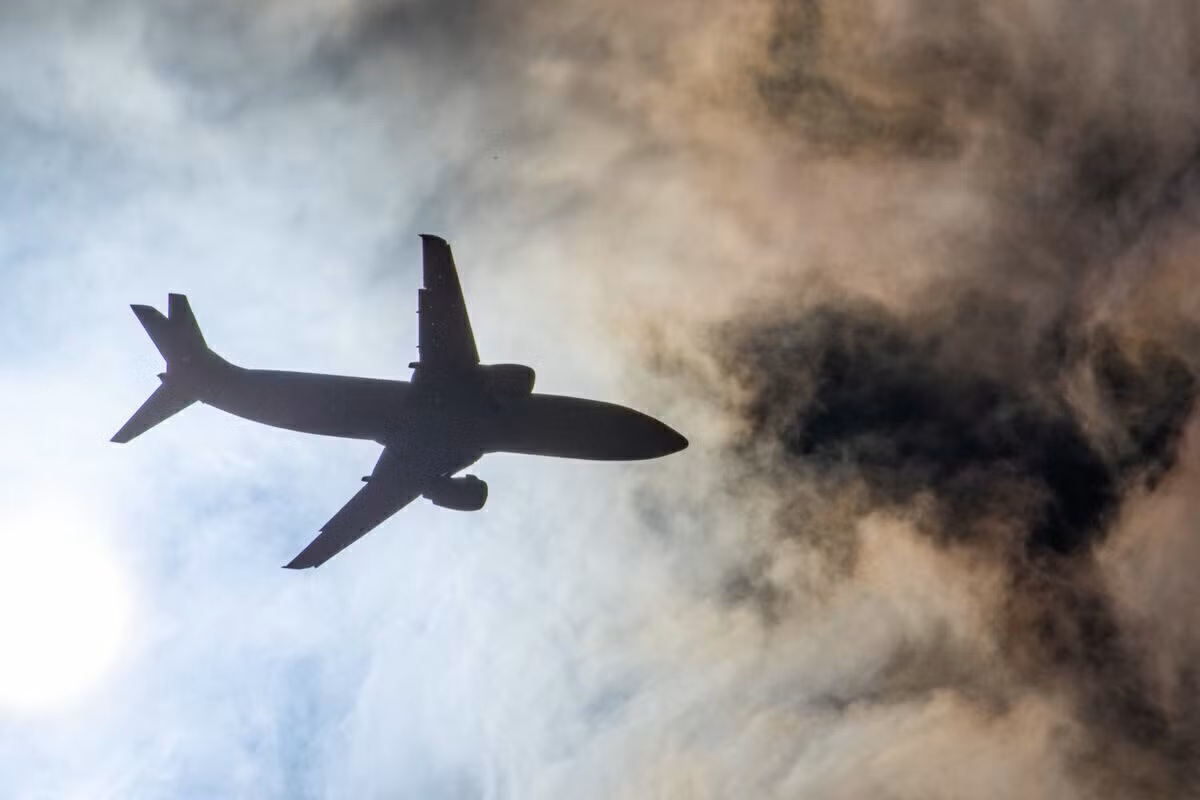The global airline industry is facing unprecedented challenges as escalating missile threats and drone attacks force carriers to rethink routes and safety procedures. With airspace above conflict zones increasingly dangerous, airlines are being pushed into costly and complicated detours.
This impacts everyone: tickets are getting more expensive, flights are longer, and safety concerns are rising. Large areas of airspace over regions such as Russia, Ukraine, West Asia, India, and Pakistan are now considered too risky to cross. As a result, airlines are rerouting, leading to higher fuel consumption, more emissions, and increased operational costs.
For example, Singapore Airlines has had to shift its route from Singapore to Amsterdam three times in the past year to avoid war zones, now flying around the Persian Gulf and Iraq instead of the more direct routes over Iran, Afghanistan, or Pakistan.
Since 2001, six commercial planes have been shot down near conflict zones. Most recently, a passenger plane was shot down over Kazakhstan in December 2023, killing 38 people, and a cargo plane was downed in Sudan, killing five. These incidents are stark reminders of the real risks of flying near war zones.
Decisions about flight safety are complicated. While pilots argue they should have the final say, commercial pressures sometimes conflict with safety concerns. Airline crews do have the right to refuse flights they believe are too dangerous, but financial and environmental costs keep rising.
The solution lies in better communication and cooperation between airlines, regulators, and governments. Faster, clearer information-sharing is crucial to keeping passengers safe and the skies open.

